Violence in Black schools is often discussed in headlines and policy debates, but the conversation rarely digs into the deeper context. Many reports highlight the higher rates of suspensions, expulsions, and police involvement among Black students, painting a picture of schools in crisis. Yet, this narrative can be misleading if it doesn’t address the historical, systemic, and cultural forces shaping the so-called “discipline gap.”
The reality is this: while Black students are more likely to face harsh disciplinary action, the reasons aren’t simply about behavior. They are tied to implicit bias, structural racism, unequal funding, community challenges, and a lack of culturally responsive teaching practices. According to the U.S. Department of Education’s Civil Rights Data Collection, Black students represent about 15% of K–12 enrollment, yet account for nearly 39% of school suspensions. This disparity starts as early as preschool and continues through high school.
In this blog, we will explore:
- What the discipline gap is and how it shows up in Black schools
- The historical and systemic factors that perpetuate it
- How implicit bias and stereotypes impact teacher-student relationships
- The connection between school discipline and the school-to-prison pipeline
- Effective solutions for creating safe, equitable learning environments
As The Black Student Advocate, our mission is to move beyond statistics and into actionable change—so every Black student can learn in an environment that is safe, supportive, and free from racial bias.
Understanding the Discipline Gap in Black Schools
The “discipline gap” refers to the disproportionate rates of suspensions, expulsions, and other punitive measures applied to Black students compared to their peers.
Statistical Snapshot:
- Black students are 3.8 times more likely to be suspended than White students (Civil Rights Data, 2021).
- Black girls, in particular, face higher suspension rates than any other group of girls—often for subjective offenses like “defiance” or “dress code violations.”
Common Misconceptions:
Many assume higher discipline rates are due to higher levels of violence or misbehavior among Black students. However, studies consistently show no evidence that Black students misbehave more. Instead, disparities are often tied to differences in how teachers perceive and respond to behavior.
Subjectivity in Discipline:
Offenses such as “disrespect,” “attitude,” or “disruption” are interpreted differently depending on the teacher’s perspective. Research finds that Black students are more likely to be punished for these subjective infractions, while White students receive warnings or lighter consequences.
The Historical Roots of Disparities in School Discipline
Understanding the discipline gap requires looking back at the history of racial segregation, inequality, and criminalization of Black youth.
- Post-Segregation Educational Inequities:
After Brown v. Board of Education (1954), legal segregation ended, but schools serving Black communities often remained underfunded, overcrowded, and policed more heavily. - Zero-Tolerance Policies and the 1990s Crime Era:
The “tough on crime” era of the 1990s brought zero-tolerance policies into schools, disproportionately affecting Black students. Even minor infractions could lead to suspension or arrest. - Cultural Criminalization:
Stereotypes portraying Black youth—especially boys—as “dangerous” or “aggressive” have roots in slavery-era narratives and were reinforced through decades of media bias. These stereotypes bleed into teacher expectations and administrative decisions. - School Policing:
The growth of School Resource Officers (SROs) in predominantly Black schools has increased arrests for school-based incidents, further entrenching the discipline gap.
Implicit Bias, Stereotypes, and Teacher Perceptions
One of the most significant drivers of the discipline gap is implicit bias—unconscious attitudes or stereotypes that affect behavior and decision-making.
- How Bias Shows Up in Classrooms:
- Black students’ behavior is more likely to be interpreted as intentional defiance rather than misunderstanding.
- Teachers may call security or send a Black student to the office for actions they’d handle differently with other students.
- Impact of Stereotypes:
- “Angry Black Girl” stereotype leads to harsher discipline for Black female students.
- “Threatening Black Boy” stereotype results in Black boys being perceived as older and more dangerous than they are.
- Lack of Cultural Competency:
Teachers unfamiliar with African American Vernacular English (AAVE), cultural norms, or communication styles may mistake them for rudeness or aggression. - Data on Perception Bias:
A Stanford study found that teachers are more likely to escalate discipline for Black students after a second infraction, even if the offenses are minor.
The School-to-Prison Pipeline Connection
The discipline gap doesn’t just harm academic performance—it fuels the school-to-prison pipeline.
- What is the School-to-Prison Pipeline?
A national trend where punitive school discipline policies push students out of classrooms and into the criminal justice system. - How Black Students Are Affected:
- More suspensions → More missed class time → Lower grades and dropout risk
- Increased contact with school police → Higher arrest rates for minor infractions
- The Long-Term Impact:
- Students labeled “troublemakers” are more likely to face juvenile justice involvement.
- Black youth with early disciplinary records are more likely to face adult incarceration later in life.
Community Factors and Environmental Stressors
While discipline disparities are primarily driven by systemic school-based issues, community and environmental factors also play a role in the narrative around violence in Black schools.
- Underfunded Schools:
Schools in predominantly Black neighborhoods often have fewer counselors, social workers, and restorative justice coordinators, but more security guards and police. - Community Trauma:
Students living in neighborhoods affected by poverty, violence, and housing instability may bring stress into the classroom—yet instead of support, they face punishment. - Lack of Mental Health Resources:
Many Black schools lack sufficient mental health services, meaning students in crisis are disciplined instead of counseled. - Cultural Disconnect:
Curriculum and school culture that ignore or devalue Black history and identity can create feelings of alienation, leading to disengagement.
Solutions for Closing the Discipline Gap and Addressing Violence
Solving the problem requires systemic change, not just individual effort.
- Restorative Justice Practices:
Replacing suspensions with restorative circles, peer mediation, and community-building activities has been shown to reduce discipline disparities. - Implicit Bias Training:
Continuous, research-based bias and cultural competency training for teachers and administrators can improve fairness in discipline. - Culturally Responsive Teaching:
Incorporating Black history, literature, and cultural perspectives into the curriculum fosters engagement and reduces behavioral misunderstandings. - More Counselors, Fewer Police:
Shift funding from school-based law enforcement to mental health professionals, social workers, and mentorship programs. - Family and Community Engagement:
Partnering with parents and community leaders to develop school discipline policies that reflect community values. - Policy Changes:
Advocating at the district and state level to end zero-tolerance policies and require transparent data reporting on discipline disparities.
Conclusion
The narrative of “violence in Black schools” has too often been used to justify harsh, exclusionary discipline practices that harm rather than help students. When we look deeper, we see that the real problem isn’t Black students’ behavior—it’s a system shaped by historical inequities, implicit bias, and punitive policies that fail to address root causes.
Closing the discipline gap requires investment in relationships, restorative practices, mental health resources, and culturally responsive teaching. It means holding schools accountable for equity, while also challenging the stereotypes and systemic barriers that criminalize Black youth.
As The Black Student Advocate, our role is to stand with students, parents, and educators to demand learning environments that nurture rather than punish—because every student deserves safety, respect, and a fair chance to succeed.
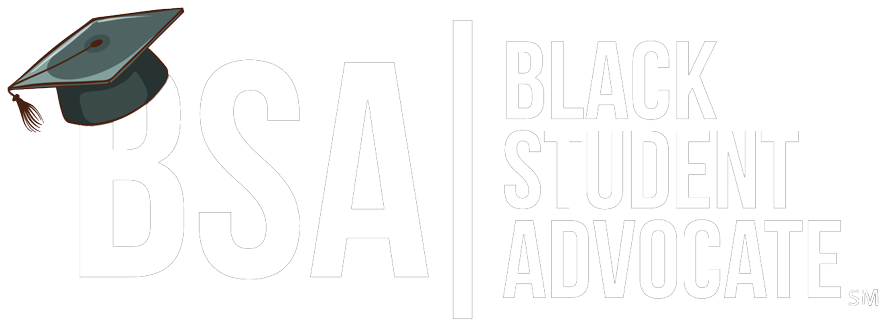
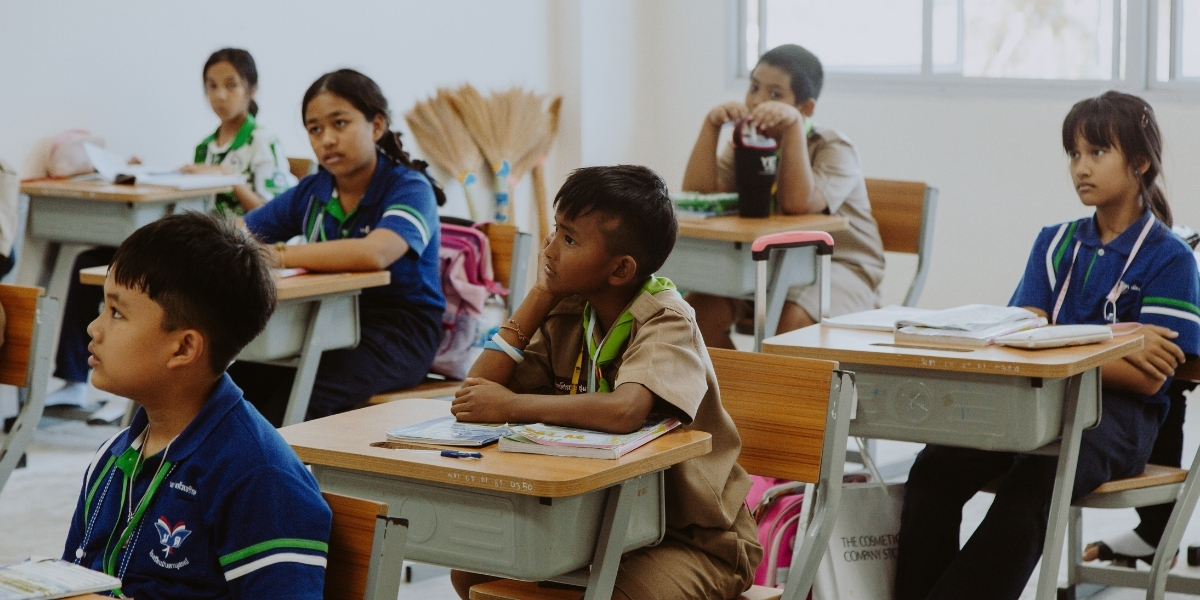

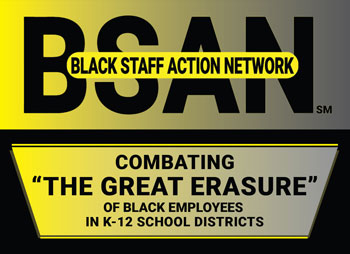

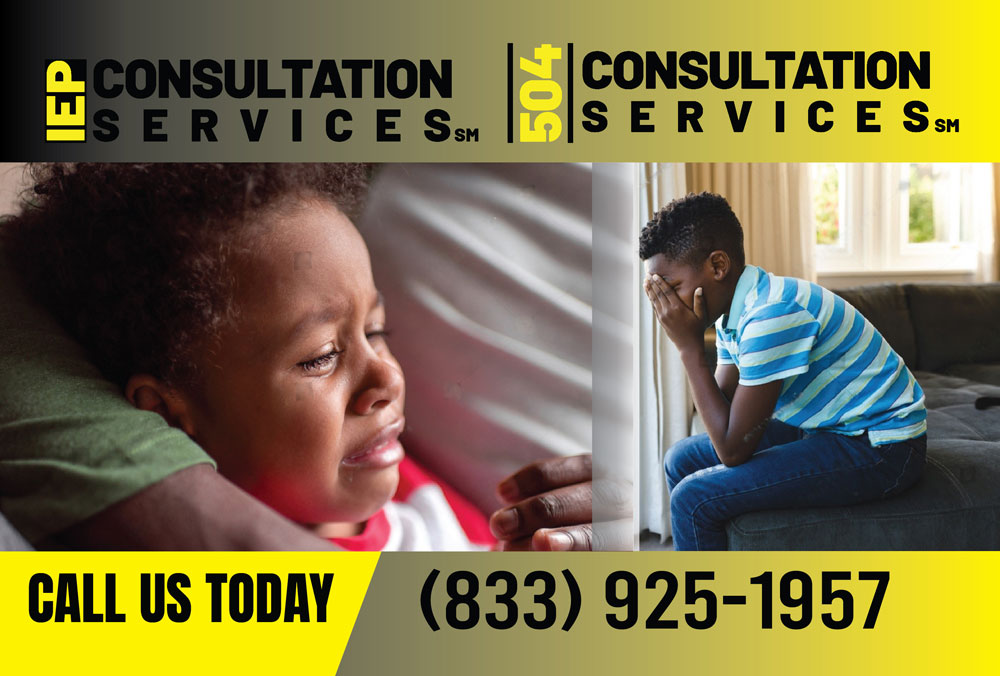
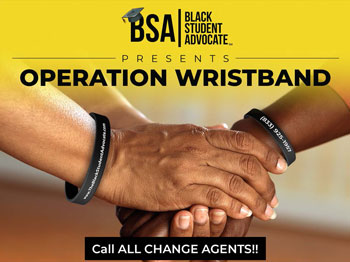
Share This Page